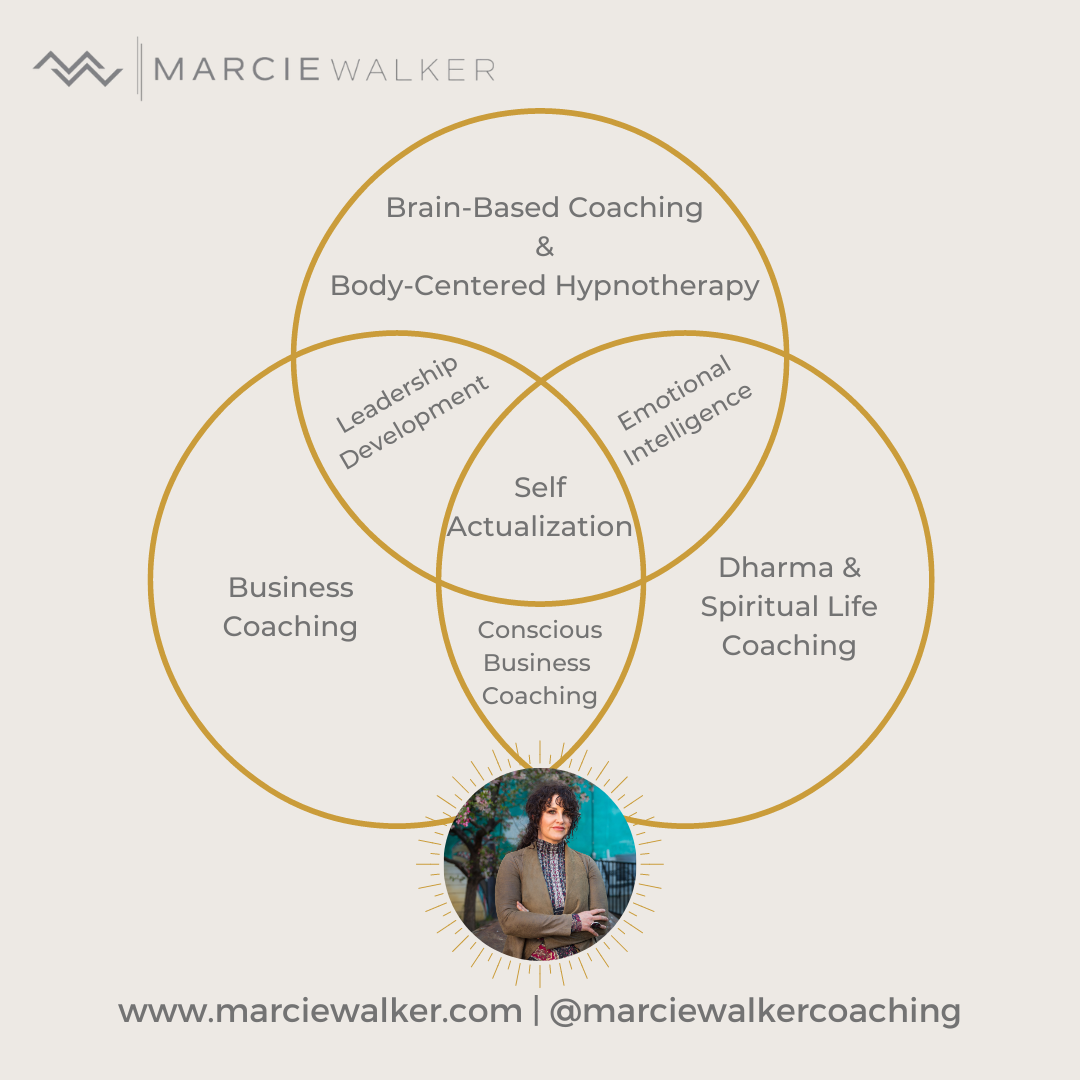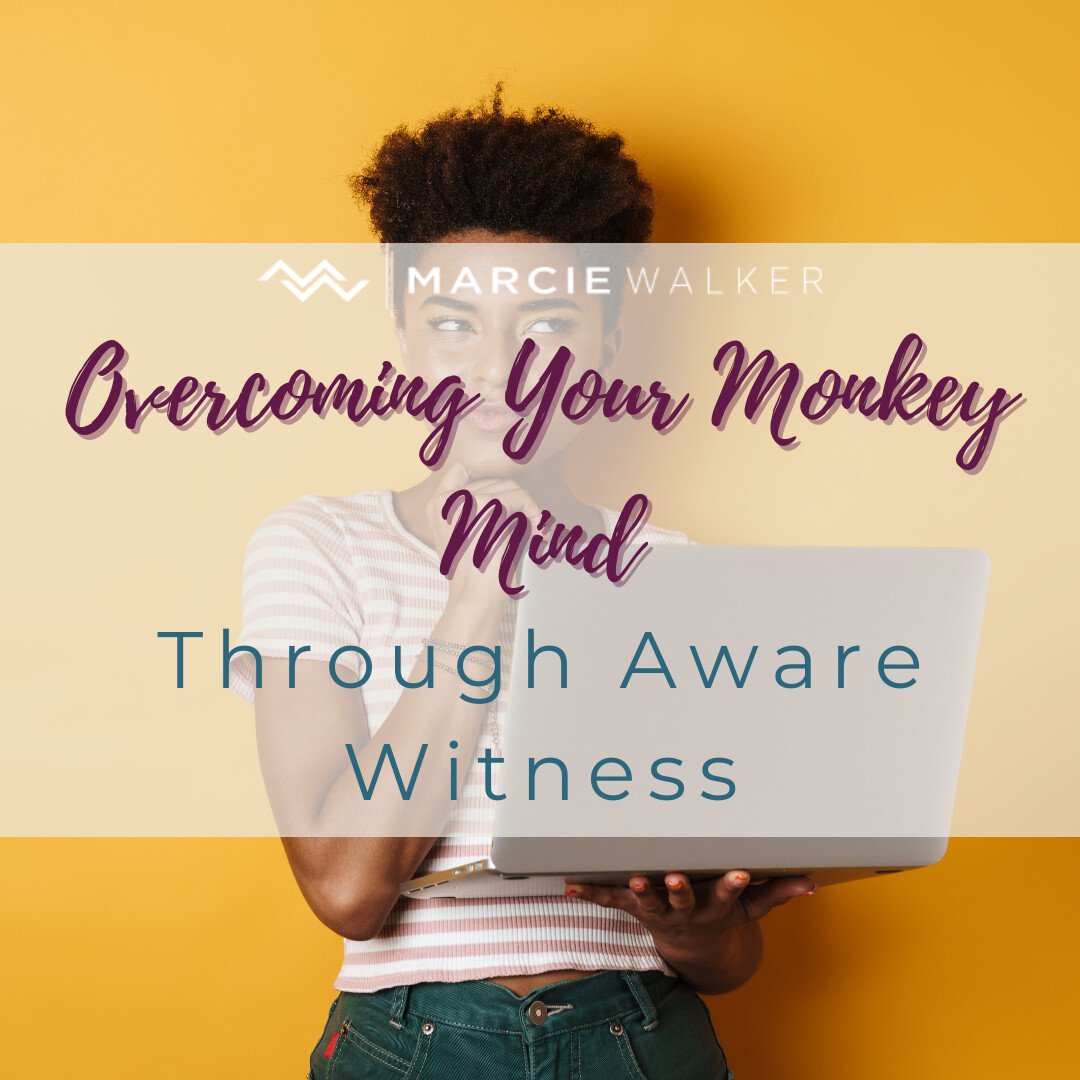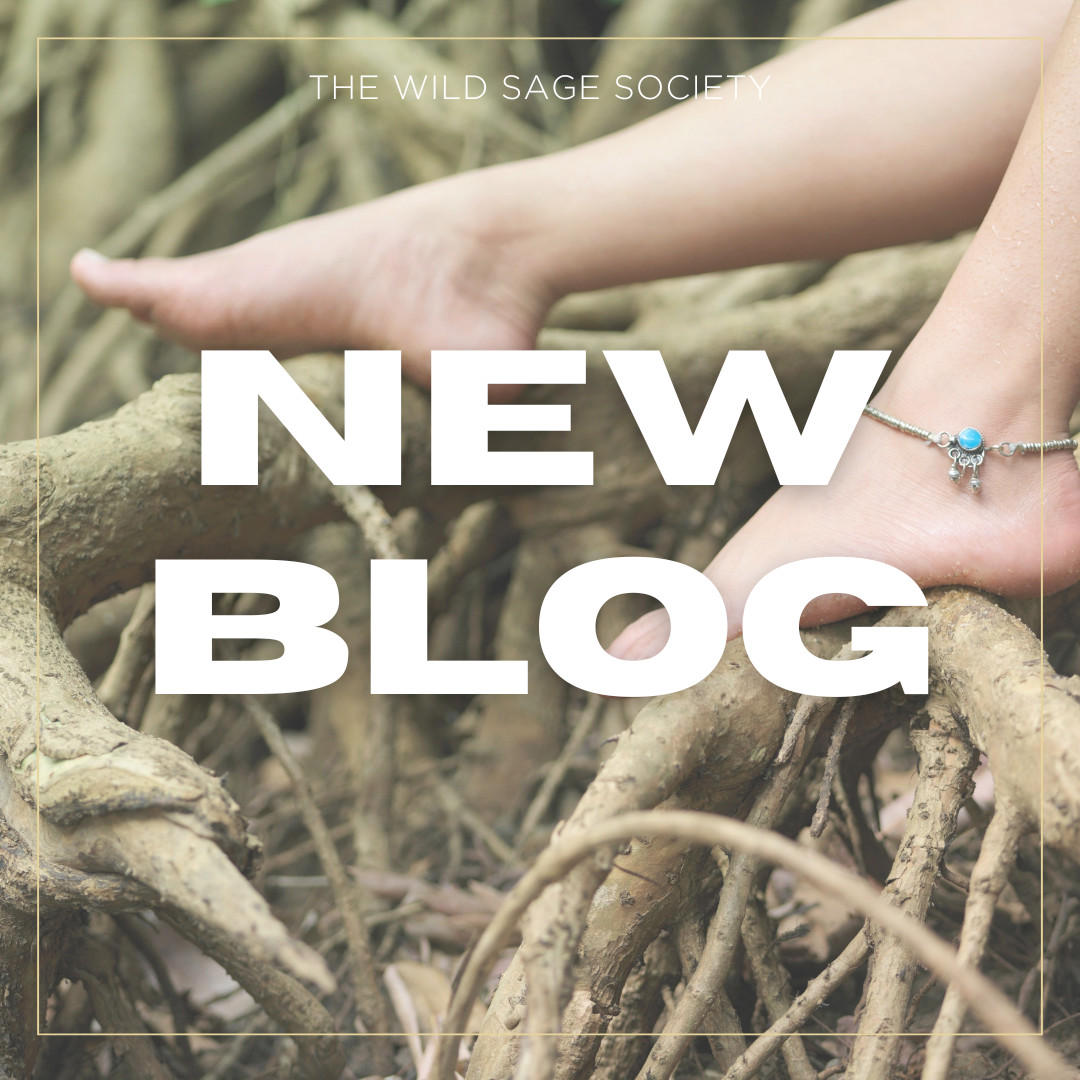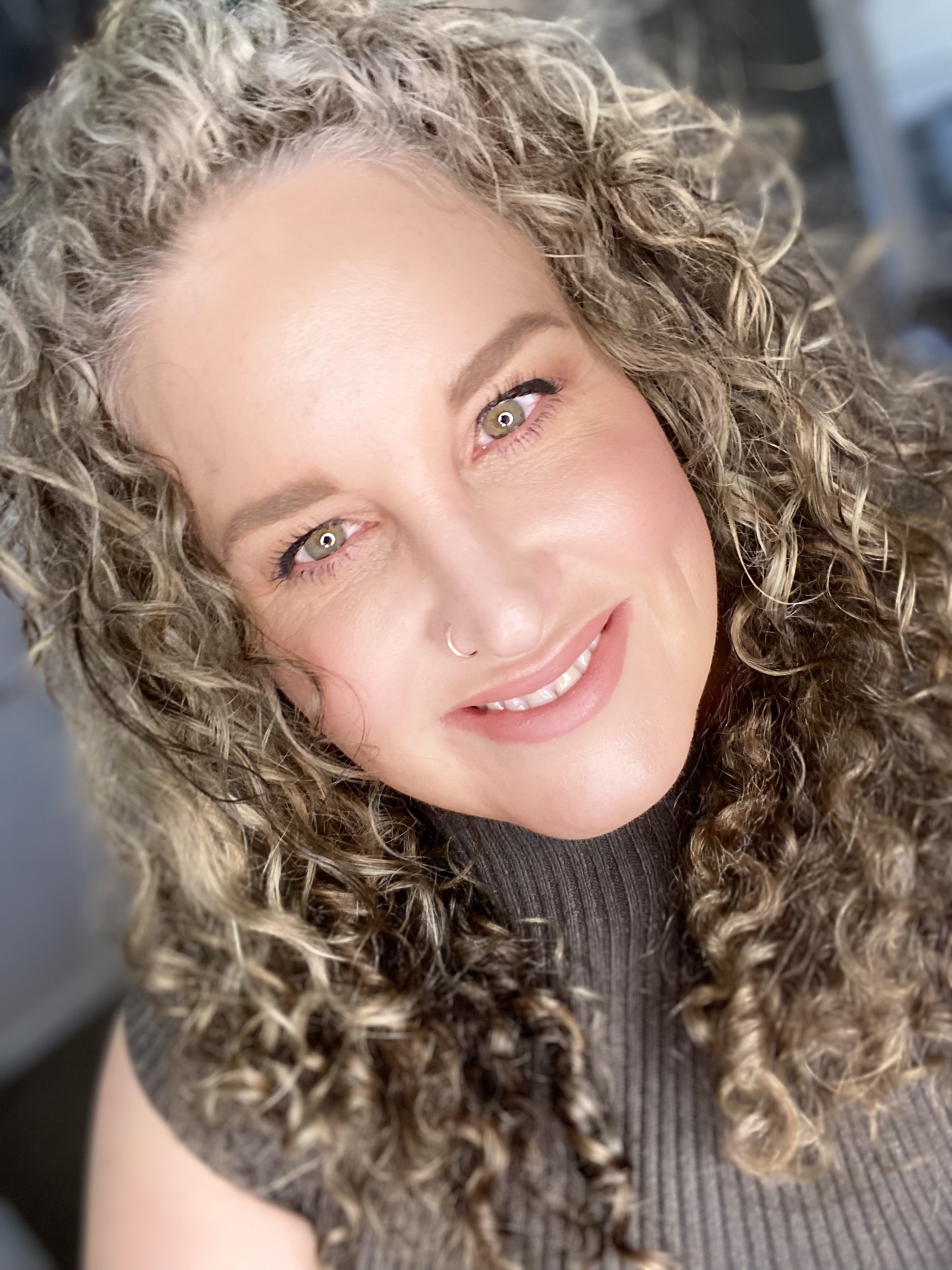
Deepak Chopra stated in his book The Spiritual Laws of Success – “Success in life could be defined as the continued expansion of happiness and the progressive realization of worthy goals. Success is the ability to fulfill your desires with effortless ease.”
Deepak continues “There are many aspects to success; material wealth is only one component. Moreover, success is a journey, not a destination. Material abundance, in all its expressions, happens to be one of those things that makes the journey more enjoyable. But success also includes good health, energy and enthusiasm for life, relationships, creative freedom, emotional and psychological stability, a sense of well-being, and a peace of mind.”
My journey as a hula hoop instructor and in becoming a Certified Dharma and Spiritual Life Coach has given me the understanding and language to help clients find grace in their own journeys in life. Finding flow in your career and success in life is not a linear straight line but rather a spiral. Sahara Rose, co-founder of the Dharma Coaching Institute states, “seeing your dharma as a spiral shape rather than a linear line – it forever continues and deepens. There is no such thing as taking a step back – you are simply moving next to the next iteration of your dharma.”
I invite you to grab your journal, sit in a quiet area and get ready to do some self-reflection, as I gratefully introduce the Five Stages of Dharma as written by the Dharma Coaching Institute!
Stage 1: Self-Awareness
This is when you realize something needs to change, and when you realize that your life is not in the place that you want to be. You may start questioning what else is out there.
The goal of the Self-Awareness stage is to become, you first must become a vibrational match for your dharma by taking care of your mind and body first, otherwise, you will not be in the energetic state to live your dharma.
Stage 2: Self-Improvement:
You start exploring the world of self-help and self-development with your mind and body. This stage helps you raise your energy so you can match the vibration of your dharma. You are more than a mind and body and soon discover that you are not broken, and there is nothing to fix, improve or “hack”. This stage is about getting to know yourself and deepening your connection to your true nature. You understand that your dharma is so much more than yourtheir career or job, but rather your their mission statement that connects everything you do.
Stage 3: Spiritual Awakening is when your focus shifts from “fixing yourself” to getting to really know yourself. You dive deeper into all practices that allow you to know yourself at a deeper level. You find the tools and practices that work for you. At this point, you may feel frazzled, burnt out, unintegrated, “me against the world”, alone or crazy. In this stage, you realize that you are a part of this world and have a role to play. This is when you find the tools and practices that work for you and discover modalities that resonate with you. This stage requires focus, commitment and reclaiming your energetic sovereignty.
Stage 4: Dharma Development helps you find more grounding in the way you see the world. You understand you have a special role to play in the world. You look for the ways to develop and live your dharma. You discover your own unique way to approach the world and start to share it. At this point, you know deeply about your area of interest but may not have found your own voice or interpretation of it.
Stage 5: Dharma Embodiment is when the “inner you” and “outer you” merge. Your focus shifts from “me” to “we”, on the ways you can be of service to humanity. Here is where you have to let go of control and learn to trust in the guidance of your Dharma. At this point, you are already living your dharma. In this stage fear of giving up/being judged/pivoting shows up here.
Journal prompts:
- What is your greatest need? Mind? Body?
- What is your morning practice/ritual? Exercise routine? Evening practice/ritual?
- Are your daily habits supporting or inhibiting you in living your dharma?
- How do you speak to yourself? Would you speak to a friend the way you speak to yourself?
- Do you have boundaries with family, friends and co-workers?
- How do you practice self-love?
- What is exciting to you right now?
- What are you curious about?
- What is no longer in alignment?
A gentle reminder that you are safe to change. Everything in life is always changing. Your dharma is to be the truest expression of who you are now. You are not tied to your past – it was an experience to guide you into what is meant to come next.
Founder of Marcie Walker LLC in Reno, NV, Marcie is a Certified Clinical Hypnotherapist; Practitioner, Neuro Linguistic Psychology; Certified Executive and Leadership Development Coach; Certified Life Coach; and an intuitive leader. Her area of specialization is working with people who are having difficulty living their lives to the fullest including those who have developed immune disorders and those who have experienced trauma.
Practicing living her own life to the fullest, Marcie is also the Founder and inaugural Reno Chapter Director for POWHer of WE, a women entrepreneur and business owner membership community; a Hula Hoop Dance Instructor teaching weekly hula hooping classes allowing people to relax and relieve stress while getting a fun workout; and is in the process of actualizing her lifelong dream of creating a holistic wellness center.

There isn’t a perfect path to finding and living our dharma or soul’s purpose.
Dharma is to be the fullest expression of who you are. Chances are that your journey to this very moment may be a combination of multiple experiences that have pointed you in the direction of your dharma. Oftentimes we may even have been on our path to our purpose without even realizing it. This blog is intended to define the four types of dharma and to provide you with powerful questions so you can discover how you express your dharma in four steps. I invite you to grab your journal, find a quiet spot then reflect and journal when prompted. Ready? Here we go….
Step 1: Take a few moments and recall a time in your life when you completed a task or project with effortless ease. Whatever you were doing just felt right, you had a burst of energy and motivation while completing it, while others may have struggled.
This brings us to the first type of dharma: The natural-born gift.
The natural-born gift, whether you use it every day or not, is a talent or skill that comes easily to you without even having to think about it. And, even though you’re naturally gifted you must still work on developing it then you share it with others. Some examples include:
- Voice, musical ability
- Athletic, dance, movement ability
- Charisma, communication
- Attention to detail, focus
- Listening, relating, conversing
- Hosting, organizing
Still unsure what your natural-born gift is? It’s okay, most people I coach have difficulty acknowledging or owning their natural talents. I invite you to dive into these journal prompts:
- What have you realized comes easily to you that doesn’t others?
- What are your natural-born gifts?
- What were you good at as a kid?
- What do people compliment you on?
- What comes second nature to you?
Step 2: Now take a moment to recall a time in your life when an event or situation brought you to your knees, you picked yourself up, figured out how to overcome that situation and people are now asking you what your secret is/was.
This is an example of the second type of dharma: The Breakdown and Breakthrough Dharma. You have a breakdown that results in a breakthrough, and this is when you discover your dharma after a difficult time in your life. The key lessons in these difficult moments have given your life meaning and allowed you to help yourself and others heal.
Sahara Rose, co-founder of the Dharma Coaching Institute says “Your pain becomes your purpose, and your mess becomes your message”. Examples of this type of dharma include:
- Mental health challenges (anxiety, depression, loneliness, grief, hopelessness, etc.)
- Physical health challenges
- Identity crisis live a divorce/break-up or an empty nest
- Addiction
- Poverty
- Tragic loss, trauma
- Job loss
- Or any other “on your knees” moment
Step 2 journal prompts:
- Have you ever hit rock bottom, had a tragedy, or a time you didn’t know how you could move forward? What was it like for you?
- How did you overcome it?
- What lessons did you learn along the way?
- How could you use the lessons you’ve learned to serve others?
- Are there other people going through similar challenges?
- How can you support them?
Step 3: Recall a time in your life when you were faced with a challenge that you found a solution for. Those kinds of solutions where you had a need and solved it, are the third type of dharma.
There you are, you’ve overcome obstacles or a big challenge and now you are helping others do the same. You understand that there is no obstacle too big or too small that cannot be overcome. Examples:
- A specific product you wish existed
- Wishing you had a certain type of community/support
- Struggling with social anxiety
- Moving around often as a child and needing to make new friends
- Needing a natural remedy
- Feeling disconnected fromto your body
Lastly, have you ever solved an issue for a family member or friend around you that would be a benefit to others? Has there been someone in your life that had an obstacle that they overcome that you felt compelled to find a solution for? Maybe someone close had fallen ill and was suffering, so now you help others deal with the same. You don’t have to personally have gone through the issue to want to be part of the solution.
This is the fourth type of dharma: People around you needed something, and you found a solution to help others overcome obstacles.
Examples:
- Parents having an illness or challenge
- Helping friends with their health journey
- Supporting people around you with mental health
- Issue in your community
- Environment, human rights, activism
Step 3 journal prompts:
- What are some obstacles you’ve had in your life that you’ve overcome?
- What is a need you have right now for a product/solution/service?
- What is your approach to overcoming this obstacle?
- How can others benefit from this approach?
- What ideas do you have for solving a common problem?
- If you were on Shark Tank, what would your idea be?
- How do you believe your privileges have put you in a position to be of service to others?
- What obstacle are you passionate about solving?
- What topic are you interested in learning more about?
- What are you called to study?
- What are you curious about?
For me, my auto-immune/stress-relatedstress related illness helped me learn how to manage my energy better and woke me up to the fact that I was out of alignment with my values and purpose. After I resigned from my corporate job, my auto-immune symptoms went away within three weeks. If you are curious about what your energy management score is or how you can manage your stress better take my Energy Management Quiz. Or, if you are curious about learning more about your dharma type, please send me a message and let’s connect!

Understanding the Three Paths to Dharma will help us find our best choice, and discover the different paths and how they relate to your own journey.
If you Google the word “Dharma” you’ll soon discover that it is a Sanskrit term with several different meanings. In this case, I invite you to think about “your soul’s purpose” when I use the word dharma. “Your dharma is your big “WHY?”, the reason you’re here with all these thoughts, needs, and desires.
We were each born with a unique purpose and this human experience is about remembering ours.” stated in Discover your Dharma by Sahara Rose, co-founder of the Dharma Coaching Institute.
Have you ever wondered “what is the meaning of life” or wondered what is the point of life? Determining the meaning of life and asking what our soul’s purpose can be one of the hardest questions that we as humans try to answer.
Sahara Rose continues to say “Your dharma is the role you play in this life that combines all of your strengths, your passion and your aptitude into one. Imagine your dharma as your mission statement and your career as an offering you provide.”
Coaching clients through The Great Resignation has provided me with the insight that so many individuals are questioning who they are, why they are here and evaluating what brings them joy. They have come to the conclusions that life is too short to live in a culture where burnout, stress, and hating your job is the norm. Burnout only happens when we don’t listen to our truth.
When you are tapped into your dharma you are tapped into limitless energy, creativity and inspiration.
This blissful state can also be referred to as “in the flow” or “flow state”; it’s the state of mind when we are fully immersed into an activity. I find my flow state and lose myself when I am hula hooping, engrossed in creating strategic planning with clients and assisting them in plotting their course to living in alignment with their dharma.
So how do you find your dharma? First you must understand that there is no straight path to finding your dharma. There are three paths to living your dharma, four types of dharma and five stages of dharma.
Let’s explore the three paths to dharma using my journey in creating my coaching practice. The three paths are “The Leap”, “The Transition” and “The Accidental Dharma”. In creating my coaching practice I have been on all three paths to my dharma and they all started with the hula hoop. Seriously, the hula hoop. I discovered hula hooping or hoop dance in 2007 at an Earth Day Festival. I absolutely fell in love watching the women dance effortlessly as this circular spinning object moved with them and circled around them highlighting every inch of their feminine forms. The women were grounded, present and fully embodied. The hula hoop was my “Accidental Dharma”. I created Hoop-O-Lution, as my side-hustle, and provided group hoop dance classes. Hoop dance became a moving meditation and taught me about embodiment (more about this in future blogs).
Next came “The Transition”, for several years I was a bookkeeping, hula hooping, hypnotherapist all the while hating my day job working for the family business. As a single mother I had to create multiple income streams and when I wasn’t running my father’s construction business I was doing the accounting for several different businesses, seeing hypnotherapy clients on Saturdays and teaching hoop dance class on Sundays. I really started to notice my energy wane doing bookkeeping and accounting. I started getting sick, really sick. First came adrenal fatigue and I could barely stay awake driving home after a day at the office. I drastically and abruptly reduced my client load to focus on my health crisis. With so many possible diagnoses of what could be “wrong with me” and in effort of discovering “why I’m broken”, I dove into research.
After a while my symptoms were getting worse no matter what I did or did not do, no matter how well I ate, no matter how perfect my digestion… I still had hives and rashes everyday. The truth was, I wasn’t listening to my truth and manifested a stress related illness for over a decade. My truth is that I was in a dead end career where I was highly competent, undervalued and under appreciated, not only by my father but by myself. I didn’t see my worth, I wasn’t doing anything meaningful for income and I definitely wasn’t tapped into my dharma. All of these revelations became apparent after a huge fight with my father and I about his business, which resulted in my immediate resignation. Within three weeks all of my autoimmune/stress related illnesses went away as if I had a magic wand. This was my “Leap”, 2020 was my year to make an impact and use everything I learned navigating my own health crisis, integrate my passion for all things business and to coach, support and educate people who have that unanswered call to be better and do more with the life they were given.
Understanding the Three Paths to Dharma will help us find our best choice, and discover the different paths and how they relate to your own journey.
- The Leap – involves more risk then the other two paths. This is for those who are “all in” and requires taking a big leap towards your dharma without looking back. For example: Quitting your job or moving to another country. This path is fully stepping into the unknown and answering your calling because staying where you are is far more energy-draining than what it’s worth.
- The Transition – think side hustle. This path is where you begin to take steps into living your dharma, with small and well thought-out steps. An example would be: You keep your day job, and start working toward your dharma on the side. This path is for people who have life responsibilities that wouldn’t allow too much risk in their everyday life. And perhaps they are not 100% confident in what their dharma is quite yet, and want to safely test out their options.
- The Accidental Discovery – This path is when your dharma finds you and there’s no denying it. For example: That new hobby that you become utterly obsessed with and make more time for this passion over your regular 9 to 5.
If you’re still unsure about which path is for you, I invite you to ask yourself: “How would I complete a huge project?”
- Would you quit everything and jump right in?
- Would you take small strategic steps forward until you reach your end goal?
- Would you wait for creative inspiration to strike and see where it leads?
If your answer is 1, your path to dharma is probably The Leap.
If your answer is 2, your path to dharma is probably The Transition.
If your answer is 3, your path to dharma is probably The Accidental Discovery.
You are the only person who can validate your purpose. If you seek outside validation, you won’t find it, or the validation will just be someone else’s opinion – not your truth.
Ask yourself these questions:
- Do you see where your life is headed and know that something needs to change?
- Do you crave a more meaningful and fulfilling life?
- Or if you’re ready to live in alignment with your purpose and don’t know where to start?
If you can relate to any part of my story and/or are suffering from a health crisis, then you are not listening to what your body really is telling you. You’re on the wrong track. Trying to resolve an inner conflict by pushing harder or controlling things externally will not work.
You may be working out of alignment with your values in a career that brings no joy or fulfillment, even though it might bring money.
I invite you to read the next blog where I will discuss the four types of dharma.

How Coaching can help navigate you through the Great Resignation.
According to the Harvard Business and Review, the labor market we are living through today is the result of five factors that were exacerbated by the pandemic. Calling “these factors the Five R’s:
- Retirement
- Relocation
- Reconsideration
- Reshuffling
- Reluctance
Workers are retiring in greater numbers but aren’t relocating in large numbers; they’re reconsidering their work-life balance and care roles; they’re making localized switches among industries, or reshuffling, rather than exiting the labor market entirely; and, because of pandemic-related fears, they’re demonstrating a reluctance to return to in-person jobs.”
Harvard Business and Review also discovered during their survey that those who quit and are now employed elsewhere are more likely than not to say their current job has better pay, more opportunities for advancement, and more work-life balance and flexibility. Yes! More work-life balance and flexibility, with better pay and more opportunity?! Say it louder for those in the back?!
Give it up for my generation (Gen-X) that first uttered the phrase work-life balance. Reflecting on my career journey during the time of my corporate career, my self-care habits, and my primary role as a single mom, at the end of the day I was drained, exhausted, and burned out. As a result of leaving my fuel tank so empty for so long, I manifested a mystery illness. Within three weeks of resigning all of my symptoms including the daily hives and rashes disappeared.
As a high achiever and someone who grappled with a stress-related illness for a decade, I understand firsthand and on a visceral level, the impact of stress and the lack of meaningful work has on an employee. As a former CFO of a construction company, I could see how stressed employees teetering on the edge of burnout affected the company’s bottom line and its culture.
When I founded Marcie Walker LLC, I did so to focus on holistic wellness through brain-based coaching and body-centered hypnotherapy. My goals have always been to help people own their circumstances and take control of their lives by providing practical tools to relieve stress, stop suffering, and find solutions.
In my current chapter of life, being a stress relief, and purpose expert, I’ve seen, heard, and been coaching my way through the Great Resignation. Several acquaintances, friends, old co-workers, and clients have all echoed the words “I’m burned out! And I’ve realized that life is too short to do work I hate, or that feels meaningless.” Usually followed with “and I’m not sure what to do about it.”
When working with clients, our starting point is typically to treat the stress and create shifts from a state of fight-flight-freeze-frantic-fearful-frustrated to flow-flourish, peace-possibility, calm-connect, create-confident. Once the Monkey Mind is quiet and our nervous system is stabilized it becomes easier to shed old stories and write new, more interesting, and beneficial ones that will guide you to live in abundance fearlessly.
In the next two months, I will be graduating from the Dharma Coaching Institute, with a double Certification as a Dharma Coach and Spiritual Life Coach. I am elated to add the proven methodology learned during this phenomenal training to my toolbox in my coaching and hypnotherapy practice, and to be of service to those who are disgruntled with the direction their life and career is heading or saying to themselves “there’s got to be something more out there for me”.
If those statements sound like you, stay tuned to learn more about Dharma, the four types of Dharma, and the five stages of Dharma. Until my next blog here is a sneak peek of what is to come…


Overcoming Your Monkey Mind Through Aware Witness
My clients own their circumstances and take control of their lives with practical tools that help them relieve stress, stop suffering, and find solutions. In my experience as a stress relief and purpose expert, I have found that one of the most significant sources of anxiety and stress is the “Monkey Mind.” To understand the Monkey Mind, one must first understand the three types of brains.
Three types of brains
Our brain can be separated into three sections: our human brain, lizard brain, and monkey brain.
Human brain
The “human brain” is the most advanced part of the brain responsible for logical, emotionless thought, and delayed gratification. When we use the “human” part of our brain, we can think through our responses rather than just react. When we face threats to our system, we don’t have time to stop and analyze what’s going on. This phenomenon is known as the fight or flight response – the automatic physiological reaction to an event perceived as stressful or frightening. Our “lizard” and “monkey” brains take over during fight or flight to ensure our safety.
Lizard brain
The “lizard brain” is located at the base of the brain and contains the brain stem and cerebellum. This part of our brain is referred to as the “lizard brain” because lizards only have these elements of the brain. These elements control our most basic instincts, including:
- fight
- flight
- feeding
- fear
- freezing up
- fornication
Monkey brain
The “monkey brain” includes most of our tissue and controls more complex tasks, including emotions. Most mammals lead with their “monkey brain,” fueled by our most basic responses to fear and desire. The monkey brain is also known as the “monkey mind.”
The monkey mind in Buddhism
Buddhism references the “monkey mind,” describing “being unsettled, restless, or confused.” According to Huffington Post, Buddha described our minds as “filled with drunken monkeys, jumping around, screeching, chattering, carrying on endlessly.” Buddha said, “We all have monkey minds. With dozens of monkeys all clamoring for attention.” The monkey mind is often called the inner critic, ego, or protective personality. Buddhists describe the ego as “the one I have taken myself to be.”
Understanding the monkey mind
Each person’s Monkey Mind is unique, shaped by the experience they went through growing up. Understanding someone’s Monkey Mind starts with looking into the past. The Monkey Mind latched on to what occurred in our childhood, and it uses those events to color all of our interactions – often without us knowing it.
Our beliefs about ourselves and the world, which were formed through our programming, determine our everyday experiences. While our programming was primarily developed through shame-inducing messages from the adults who raised us along with other impactful experiences, we went through in life, including:
- bullying,
- trauma,
- heartbreak,
- and failure
Over time our belief slowly transformed into the negative waves that direct how we view the world today; this mindset is the Monkey Mind.
We call this mindset the Monkey Mind because it is less mature and evolved than the other aspects of our mind, the thought processes. The monkey mind is quick to react to something it doesn’t agree with, as well as blame something or someone else for our problems. It wants to keep us focused on how everything outside ourselves is why our lives are the way we want them to be.
Example of the Monkey Mind mindset
- If ________ wasn’t so ___________, you wouldn’t be so ____________.
- If ________ hadn’t been ________, you wouldn’t have been __________ and _________ would have gone better.
- If your _________ didn’t have such high expectations for you, you’d __________.
How the Monkey Mind works against progress
The Monkey Mind also keeps a memory bank of all the criticisms and judgments we’ve adopted from our programming. If we ever get to the point where we stop blaming others and want to take responsibility for our circumstances, the Monkey Mind loves to remind us about the shame-inducing beliefs we’ve developed about ourselves.
Example of the Monkey Mind and shame-inducing beliefs
- You haven’t ______________ because you’re not smart enough. Everyone knows it.
- That ________ went terribly because you look fat in that outfit. No one is attracted to you.
- Your _____________ is embarrassed by your failure. That’s why they ______________.
This inner critic makes it highly challenging to create the life we want for ourselves, as it produces an immense amount of anxiety that handles away our confidence, driving us to engage in an endless list of negative behaviors such as:
- drink alcohol
- use drugs
- isolate ourselves from others
- yell at our kids
- get divorced
- give up on our dreams
The Monkey Mind fuels and drives anxiety
For generations, we’ve normalized the Monkey Mind’s critical voice and the vast amounts of anxiety it creates. We’ve arrived at the point where we aren’t aware of how much our anxiety rules our lives. When we’re in line with the bank, we’re anxious because it’s taken too long. When we forget to call the client, we’re anxious because we might have lost the deal. When we don’t wear makeup to the grocery store, we’re anxious about how others are perceiving us. Anxiety is so constant that we don’t even question it.
For example, think about how many of us grab a drink at an event to take the edge off. Where does this edge come from? The Monkey Mind creates stories and judgments about how we need to act because we’re not conscious of this inner critic; we’re equipped to deal with it. This ritual of drinking to minimize anxiety has become completely socially acceptable.
Overcoming anxiety created by the Monkey Mind through the Aware Witness
To move past the anxiety our Monkey Mind has created, we must listen to different perspectives, observing: the Aware Witness. The Aware Witness doesn’t look to other people or situations as a source of our troubles. Instead, it offers an objective perspective inhibited by our judgmental programming. This point of view understands that the source of our upset or delight is within ourselves. The Aware Witness can offer wisdom by witnessing and learning from the Monkey Mind. Often, being aware of our shadows allow us to see that light we can offer the world.
Shifting into the Aware Witness’ perspective is so powerful because our mindset affects everything we do. When we move away from the Monkeys Mind’s judgmental perspective, we open ourselves up to an abundance of opportunities and experiences. Relationships that once seemed doomed can begin to flourish, and endless cycles of addictive behavior can be resolved in unattainable joy. When you address the root cause of your problems, your programming, everything else will start to fall into place.
Understanding Monkey Mind through Aware Witness
When we listen to the Monkey Mind, we launch into finding a reason why the circumstances aren’t our fault, which doesn’t resolve anything and aggravates the situation. With Aware Witness, we take full ownership of our beliefs and have the power to change how we respond to any circumstance.

How Marcie Walker can help you overcome Monkey Mind
The 5-Step PAUSE Model
I use the 5 Step PAUSE Model to boost productivity, decrease stress, and increase wellness. Depending on how long certain circumstances have been ignored, I may spend more time in one area of the model than others.
The second step of the PAUSE Model deals with Aware Witness. Together we can manage your inner state and observe your “situation” without judgment or opinion. By stepping out of the drama of life with a certified expert, you will gain insight from a clear perspective.
Addressing Monkey Mind with hypnosis
Using hypnosis to address problems allows you to relax. Once in a relaxed state, physically, the Monkey Mind is no longer in a threat state, looking for threats and triggering biological responses. Once the body relaxes, the mind relaxes, and we can talk to the subconscious mind (this is where the brain-based coaching and powerful questions come into play). Then you get insight to help you through a situation. Contact me to start your journey of positive life changes.
















